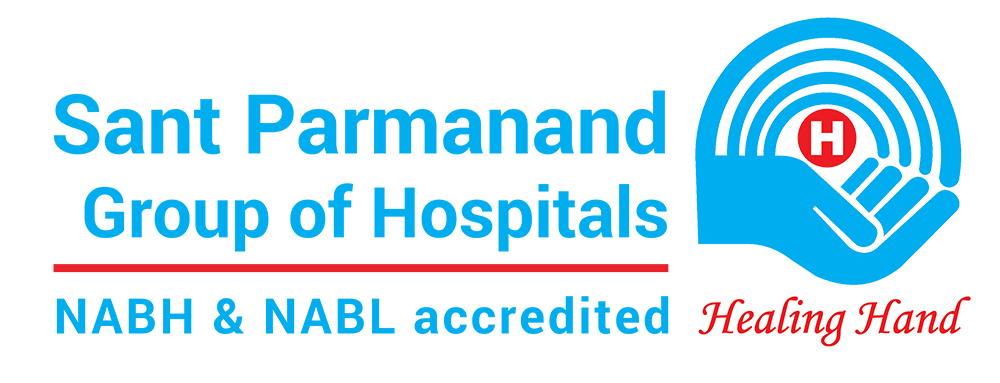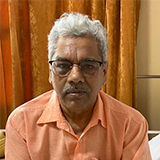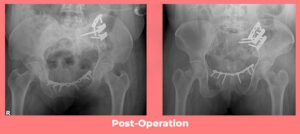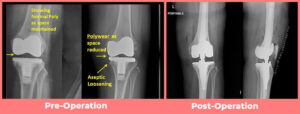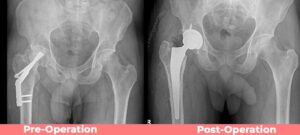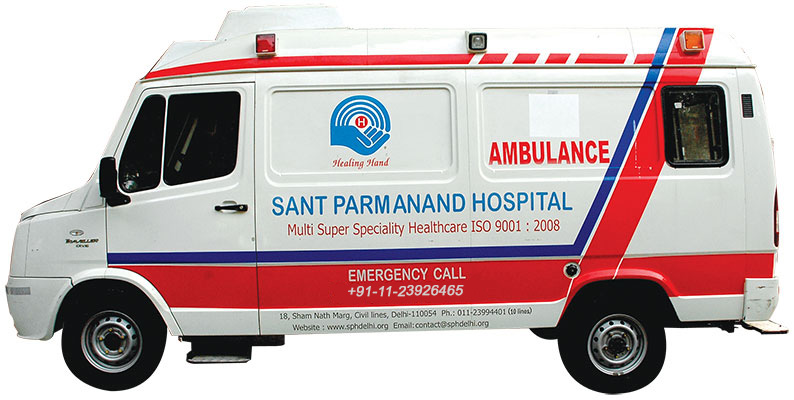Kidney stones often form quietly over time, caused by a build-up of minerals in the urine. You might not even know when you have one, until it starts to move. That’s when the pain hits. In a country like ours, where hot weather, diet, and dehydration all play a role, kidney stones are something doctors see every day. The good news is that with the right care, they can be treated and even prevented.
Kidney stones can be as tiny as a grain of sand, or in rare cases, as large as a golf ball. You might hear them being called by their medical names too – renal calculi or nephrolithiasis.
Many people don’t realise they have a kidney stone at all. Most stones under 4 mm are considered a normal stone size in kidney, and might pass through your system without causing any trouble. When a stone is large, it can get stuck in the ureter, which is the narrow tube that carries urine from your kidney to your bladder, causing intense pain. It can block the flow of urine, affect how well your kidney works, and sometimes even cause bleeding.
Some stones can take up to three weeks to pass on their own. Even if they’re not very big, the pain they cause while moving through the urinary tract can be intense. In cases where the stone doesn’t move, or if it’s too large, you may need treatment to break it up or remove it altogether.
How do you know it is a Kidney Stone?
One of the first signs that something’s wrong is usually pain that is sharp, cramping, and often sudden. Most people feel it in the lower back or side, sometimes moving toward the groin. It may come in waves, get worse over time, or appear suddenly and intensely. Most often than not, pain is not the only symptom. Other kidney stones symptoms include:
- Pain or burning when you pee
- Feeling the urge to pee more often than usual
- Blood in the urine
- Cloudy or foul-smelling pee
- Nausea and vomiting
- Fever or chills (especially if there’s an infection)
- In some cases, trouble peeing altogether
How tiny crystals turn into big problems ?
Your urine naturally carries minerals and waste products—things like calcium, oxalate, uric acid, and sodium. When the levels of these substances get too high and there isn’t enough fluid to flush them out, they start to clump together. Over time, those particles can form crystals, and eventually, stones. This can happen slowly, over months or even years.
Not all stones are the same
All kidney stones are formed differently and they are named after what they are made of:
- Calcium-oxalate and calcium phosphate stones
These are the most common. They often form when you are not drinking enough fluids, or if your diet is high in oxalate and low in calcium.
- Uric acid stones
These kidney stones are more likely to form in people who eat a lot of red meat, poultry, and seafood, developing steadily in acidic urine.
- Struvite stones
Caused by repeated urinary infections, these stones can grow quickly and may need to be removed surgically.
- Cystine stones
These are rare and are linked to a genetic disorder that causes the amino acid cystine to build up in the urine.
What puts you at risk?
Some people are more likely to get kidney stones than others. You may be at a higher risk if you:
- Don’t drink enough water
- Eat a lot of salty or sugary foods
- Follow a high-protein diet
- Have a family history of kidney stones
- Take certain medications like calcium-based antacids or some seizure medicines
- Have had weight-loss surgery or other bowel conditions
- Live in a hot climate (you lose more fluids, increasing your chances of stone formation)
Certain health issues can also make kidney stones more likely:
- Diabetes
- Obesity
- High blood pressure
- Osteoporosis
- Gout
- Inflammatory bowel disease (IBD)
- Cystinuria (a rare inherited condition)
- High calcium levels in the urine
- Parathyroid gland problems
- Chronic dehydration (which may happen with paralysis or reduced mobility)
When stones lead to bigger problems
While kidney stones are treatable, ignoring them can lead to more serious problems. Stones that block the flow of urine can cause the kidney to swell—a condition known as hydronephrosis that can be painful and can possibility damage the kidney if not treated.
Other complications include:
- Frequent urinary tract infections
- Kidney infections
- Temporary loss of kidney function (acute kidney injury)
- Long-term damage leading to chronic kidney disease (CKD)
Here’s how we diagnose and treat kidney stones
At Sant Parmanand Hospital, one of the best kidney specialists in Delhi NCR, diagnosing kidney stones usually starts with a clear understanding of your symptoms. Your doctor may ask about pain, changes in urination, or past history of stones. From there, imaging tests like ultrasound or CT scans help confirm if a stone is present, the kidney calculus size, and where it’s located.
Once we know what we’re dealing with, your treatment plan is tailored to the size and type of stone, along with how it’s affecting your urinary tract.
If the stone is small and likely to pass on its own, you’ll be advised to increase your fluid intake and may be given medications to ease pain and help the stone move along. But if it’s large, stuck, or causing infections or other issues, a procedure might be needed.
At our hospital, we use some of the latest minimally invasive treatments for kidney stones, including:
- RIRS (Retrograde Intrarenal Surgery) – A flexible scope is used to reach and break stones inside the kidney without any cuts.
- Mini-PCNL and Standard PCNL – These techniques are used for larger stones and involve a small incision in the back to remove the stone directly.
- URS (Ureteroscopy) – A thin scope is passed through the urethra and bladder to reach and treat stones in the ureter.
Our urology department is fully equipped with advanced tools like thulium fibre lasers, Olympus flexible scopes, and dedicated endoscopy suites—helping make treatments precise and recovery quicker.
Every step, from diagnosis to recovery, is handled by a team of experienced urologists who ensure you understand your options clearly and feel supported throughout the process.
FAQs
What are the early signs of kidney stones?
As a first sign, some people experience slight pain in the lower back or side, an urge to pee more often, or discomfort while doing so.
Can kidney stones cause blood in urine?
Yes, stones can scrape the lining of your urinary tract, which could result in small amounts of blood to appear in your urine.
How long does it take to pass a kidney stone naturally?
It varies. Small stones may pass within a few days, but some can take a couple of weeks. Drinking plenty of fluids helps speed things up.
What foods increase the risk of kidney stones?
Salty snacks, too much red meat, and certain foods like spinach, nuts, or chocolate can raise the chances, especially if you’re not drinking enough water.
When should I see a doctor for kidney stones?
If you’re in a lot of pain, have a fever, or can’t pee properly, it is best to see a doctor straight away. They could be signs of a blockage or infection.
